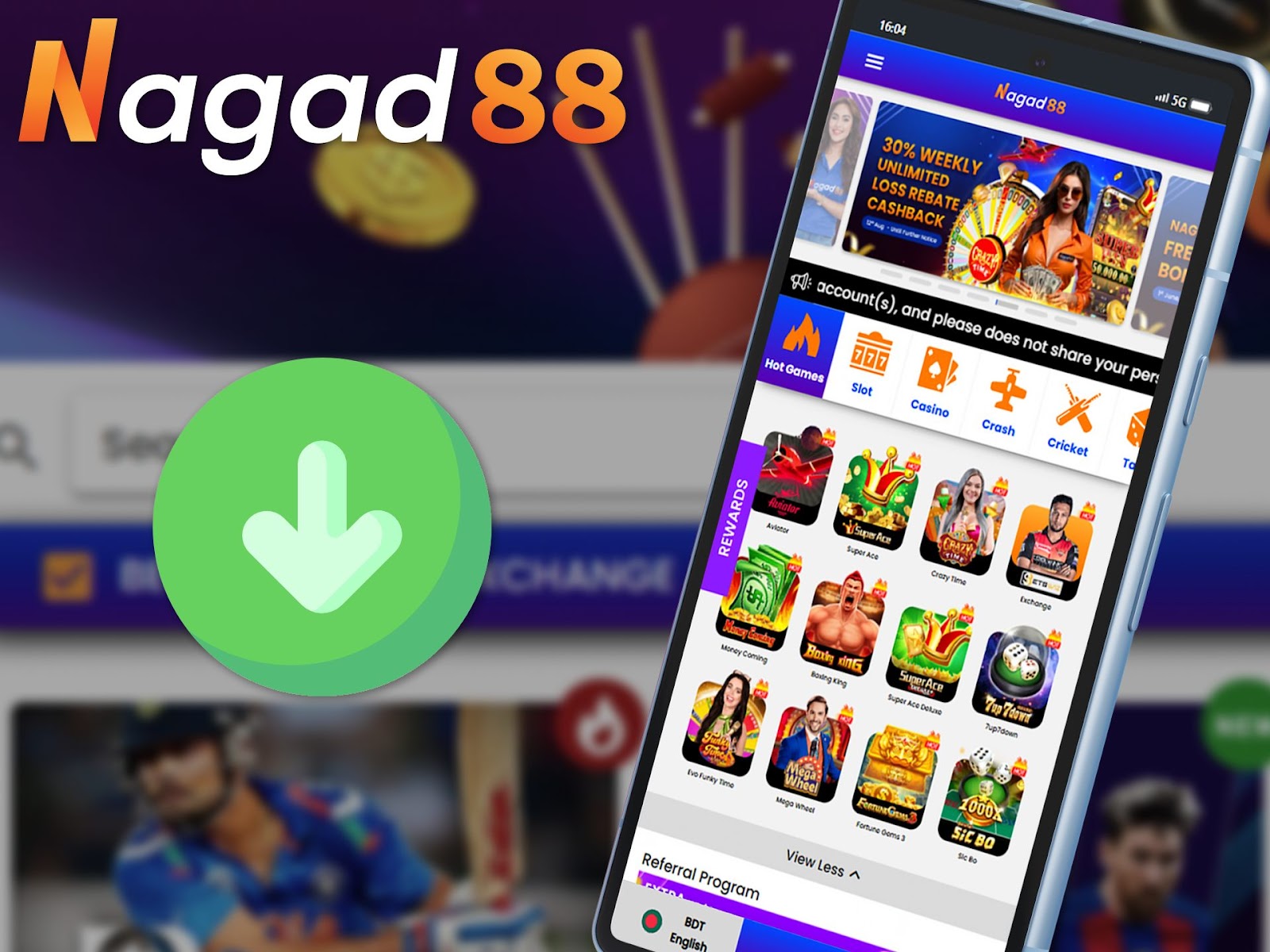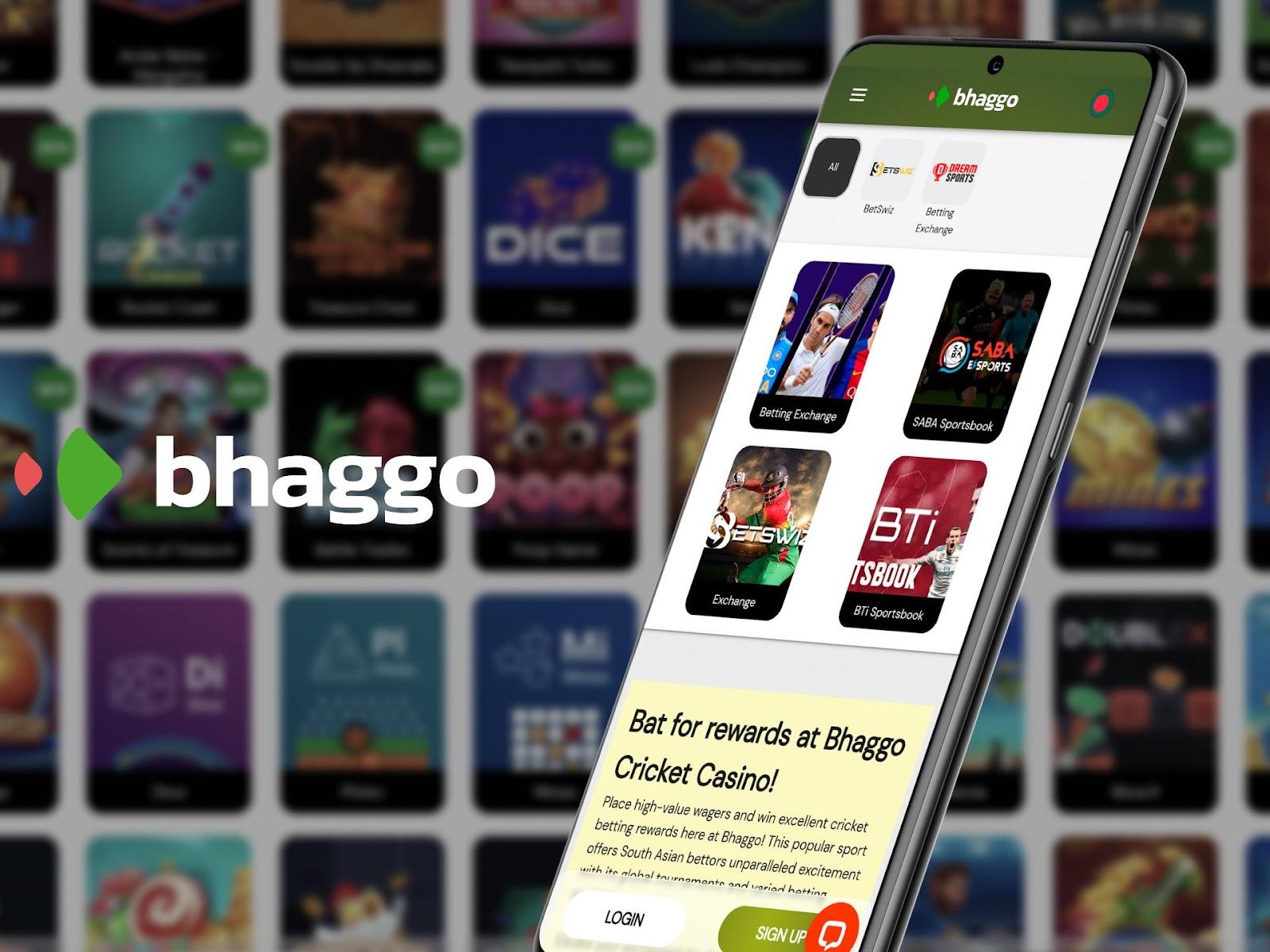Designing for Decision: How Interface Impacts the Way We Predict and Play

Some decisions feel automatic. Others feel calculated. But behind every action on a digital betting platform is a structure designed to frame timing, guide confidence, and reward perception. It’s not just about the odds. It’s about how those odds are seen, processed, and acted upon.
1. Interface Is Not Neutral — It Shapes Strategy
Users don’t make decisions in a vacuum. Every element of a platform’s interface influences what feels like a good idea. Color, layout, button size, even the timing of odds refresh — all of it shapes behavior.
Well-designed platforms use visual hierarchy to guide thought, not control it. When the most relevant information is highlighted, users act faster and feel more confident. When updates are too subtle or chaotic, users hesitate — and doubt creeps in.
This clarity is crucial in betting. Strategic users rely on rhythm, pacing, and visual framing to decide when to act. A responsive UI gives them feedback, trust, and the tools to think clearly in real-time.
We explore one platform that integrates these interface principles with structured live decision-making read more, where prediction feels like a process—not a gamble.
2. From Information to Insight: Data That Teaches
Data is only helpful if users understand it. Betting platforms today include live stats, performance trends, team metrics — but the real innovation lies in how that data is translated into insight.
The best systems simplify without dumbing down. They present just enough context to support thinking without overwhelming or distracting. This includes:
- Clear probability indicators
- Smart grouping of bet types
- Highlighted changes in odds based on new events
When users feel they’re learning—not just picking—they stay longer. This turns the experience into an active form of engagement. They remember not just whether they won but why they made the choice.
This process builds loyalty because it builds understanding. Platforms that help users grow in their confidence create long-term participation, not just short-term excitement.
3. Real-Time Reactions: Timing as a Skill
Timing isn’t luck—it’s a skill shaped by experience and supported by the platform. In live betting, knowing when to act is often more important than what to choose. Good design reinforces this by showing clear windows of opportunity and confirming when a user’s action is well-placed.
Responsive platforms don’t just update odds. They signal moments: shifting colors, micro-animations, countdowns. These moments help users understand when change is meaningful.
But timing also depends on trust. If a user feels delayed confirmation or sees unexplained odds drops, hesitation builds. The best platforms ensure users feel seen, synced, and confident that their decisions are registered.
4. Confidence Comes from Feedback, Not Results
Winning feels good — but it’s the feedback that builds long-term confidence. Platforms that offer post-decision insight (e.g., “70% of users chose the same option” or “odds moved +12% after your pick”) give users closure. Even when a result isn’t favorable, understanding why it happened validates the decision-making process.
This type of reflective support is rare but powerful. It treats users like thinkers, not just participants. And it encourages iteration: “What would I do differently next time?”
Confidence isn’t about being right every time. It’s about knowing that logic, data, and a stable platform support each decision. That’s what separates impulsive behavior from strategic interaction.
Conclusion: Betting Platforms That Guide, Not Push
The smartest betting platforms don’t push users to act. They guide them to understand. Through intentional interface design, data presentation, and real-time responsiveness, these systems create a space where decision-making feels like a skill — not a risk.
What users seek isn’t just the thrill of winning but the confidence of knowing why they acted. And platforms that provide that — without noise, pressure, or confusion — redefine what betting can be: a structured, intelligent, and user-driven experience.
The post Designing for Decision: How Interface Impacts the Way We Predict and Play appeared first on Ten Sports TV.















































